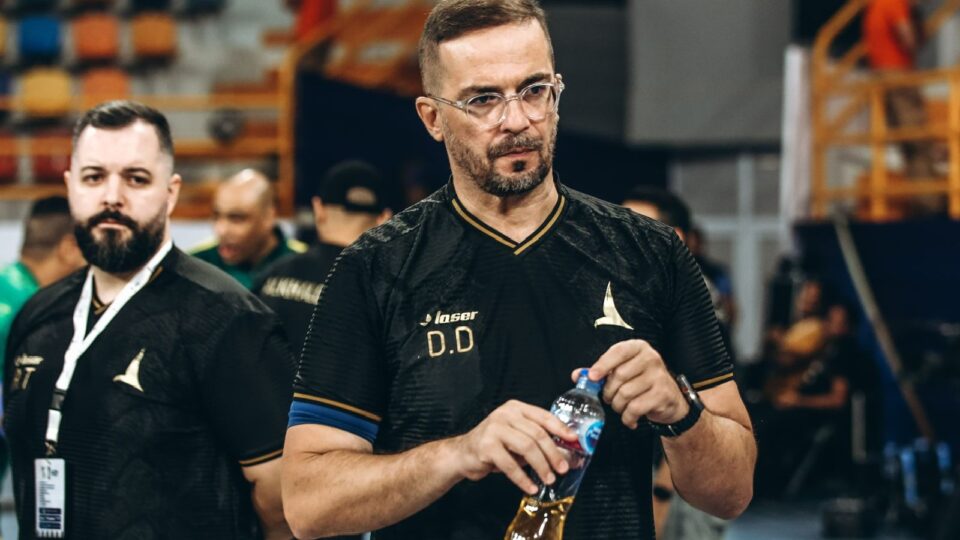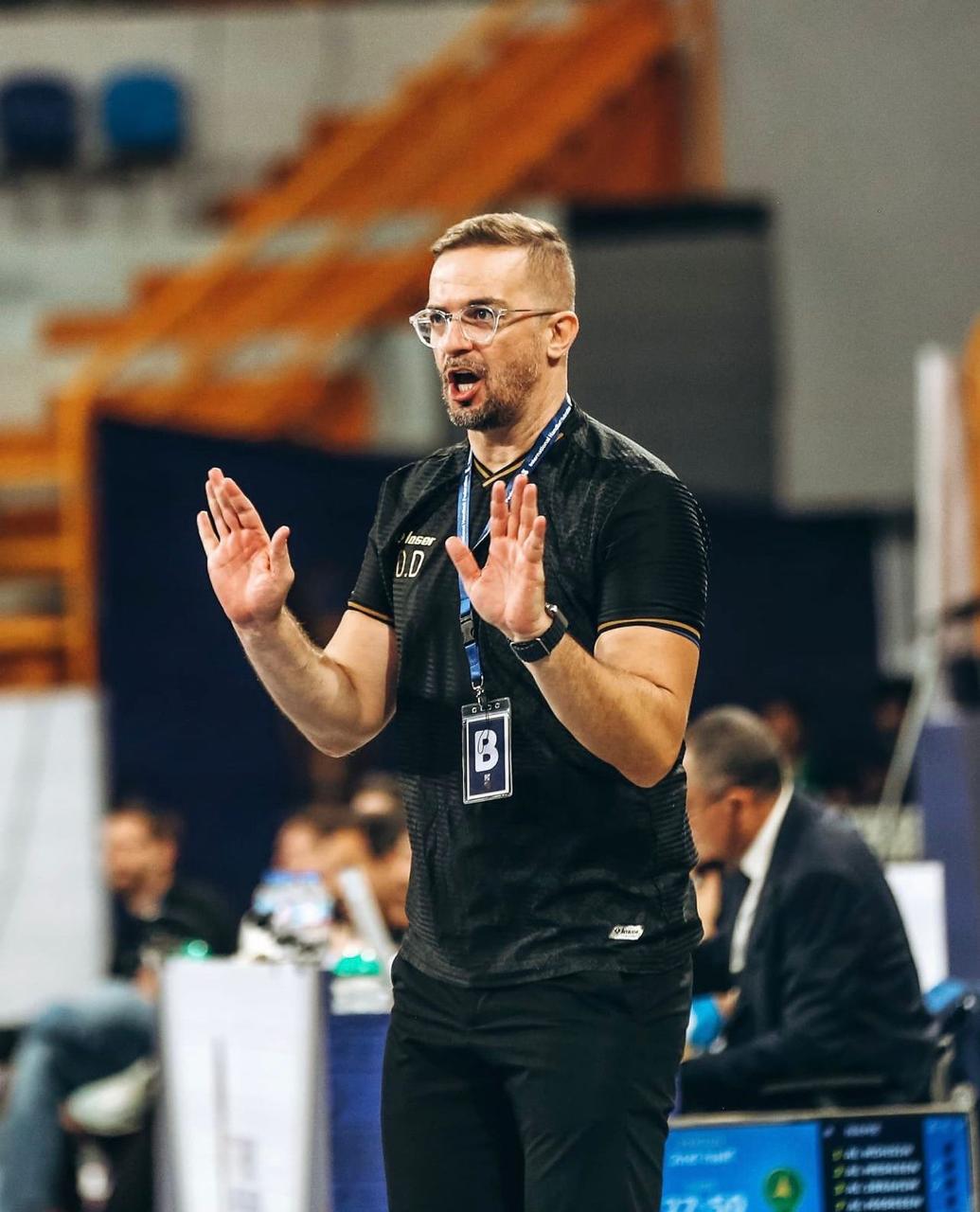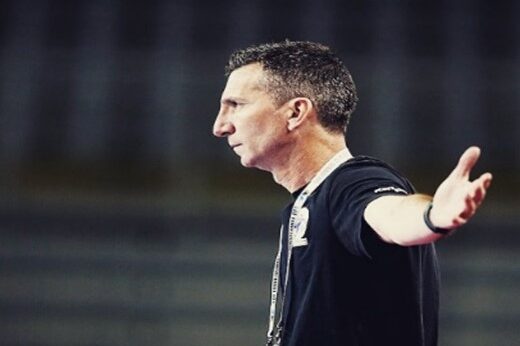A “navigator” before, during and after a High-Criticality Handball Game

Introduction
In my 15-year career as a coach, I’ve experienced seasons full of high-stakes games—finals, playoffs, and title deciders. Every season brought pressure moments, and from each of them, I’ve drawn valuable lessons. This article shares key principles that can guide coaches in preparing their teams for such high-criticality matches.
In a team sport like handball, some matches carry more weight than others. Whether it’s a playoff decider, a derby, a knockout battle, or a final, high-criticality games demand more than just technical readiness. They require a comprehensive approach that addresses tactics, mental strength, physical condition, and team unity. In this article, I will explore how coaches can effectively prepare their teams for high-pressure encounters.
“As the pressure builds externally, the coach must act as an internal anchor—radiating calm, focus, and belief.”.
1. Scouting and Opponent Analysis
Success starts with knowledge. A thorough analysis of the opponent’s strengths, weaknesses, and patterns is essential. Review recent game footage and identify:
Defensive systems and how they shift during the game.
Key players’ patterns and tendencies.
Transition phases (offensive and defensive).
Set play patterns, especially in critical moments and in numerical imbalance.
All of this information is crucial for creating an advantage against your opponent before the game.

2. Tactical Adjustments and Game Plan
A high-stakes game is rarely won by improvisation. The game plan must be clear, adaptable, and well-practiced. Coaches should:
Decide on the primary defensive system (e.g., 6-0, 5-1) and at least a backup.
Prepare offensive strategies for different defensive looks.
Include special plays for end-game scenarios, power plays, and possible 7 vs 6 situations.
Focus on ball security, minimizing turnovers that could shift momentum. (After goalkeeper saves and shooting percentage, the turnover ratio between teams is often the most decisive statistic in high-stakes matches.)
A coach must prepare clear plays and calls so the players can focus on execution without doubts. For high-level players, turnovers typically result from either physical fatigue or mental uncertainty. Clear tactical calls and pre-set plays help eliminate hesitation.
“Preparation for high-criticality games is not about doing more—it’s about doing the right things at the right time”.
A coach must prepare clear plays and calls so the players can focus on execution without doubts. For high-level players, turnovers typically result from either physical fatigue or mental uncertainty. Clear tactical calls and pre-set plays help eliminate hesitation.
3. Player-Specific Preparation
Every player must know their role and how it might change during the match:
Assign individual responsibilities for marking, screening, or creating space.
Plan rotations carefully to manage energy and 2-minute suspensions.
Give key players detailed briefs on opponents they’ll face directly.
Ensure goalkeepers are prepared with video and the tendencies of shooters.

4. Mental Preparation
High-criticality games often come down to composure. As a coach, it’s vital to:
Create a calm, focused environment in the days leading up to the game. The more the tension during the days, the lower the quality of preparation.
Reinforce belief through motivational sessions, clear communication, and one-on-one talks.
Use visualization exercises to help players mentally rehearse success in stressful moments.
Create technically high-pressure scenarios during a training game.
Normalize pressure—remind players that pressure is a privilege.
As the pressure builds externally, the coach must act as an internal anchor—radiating calm, focus, and belief.

5. The Last 48 Hours Before the Game
This is the moment for clarity, not complexity:
Reduce physical load to ensure freshness, and increase focused individual shooting reps, emphasizing rhythm and confidence-building rather than physical exertion.
Hold a tactical walk-through without big energy consumption. Include short bursts of intense practice.
Make sure your video sessions are not long and tiring, helping the players absorb the most critical information.
Establish routines (team meals, rest, meetings) that promote focus and unity.

6. In-Game Coaching for Critical Matches
During the match, the coach’s presence becomes even more vital:
Use time-outs strategically to stop negative runs or prepare for key moments. Time-outs are limited in handball. The two most powerful uses are to calm your team emotionally or to implement a tactical adjustment pre-discussed during preparation.
Stay emotionally composed; the team mirrors your behavior.
Adjust on the fly if the initial plan is not working.
Watch for opponent fatigue or tactical shifts and respond quickly.

7. Post-Game: Win or Lose
Regardless of the result, the team needs you after the match:
Decompress emotionally before deep analysis.
Congratulate or console with sincerity.
Extract learning points for future development.
Reconnect the team to the larger season objective.

Conclusion
Preparation for high-criticality games is not about doing more—it’s about doing the right things at the right time. Success comes from deliberate planning, emotional intelligence, and trust in the team process. With the right approach, coaches can help their players turn pressure into performance and rise to the occasion when it matters most.
Dimitris Dimitroulias, Head Coach Al Khaleej HC


